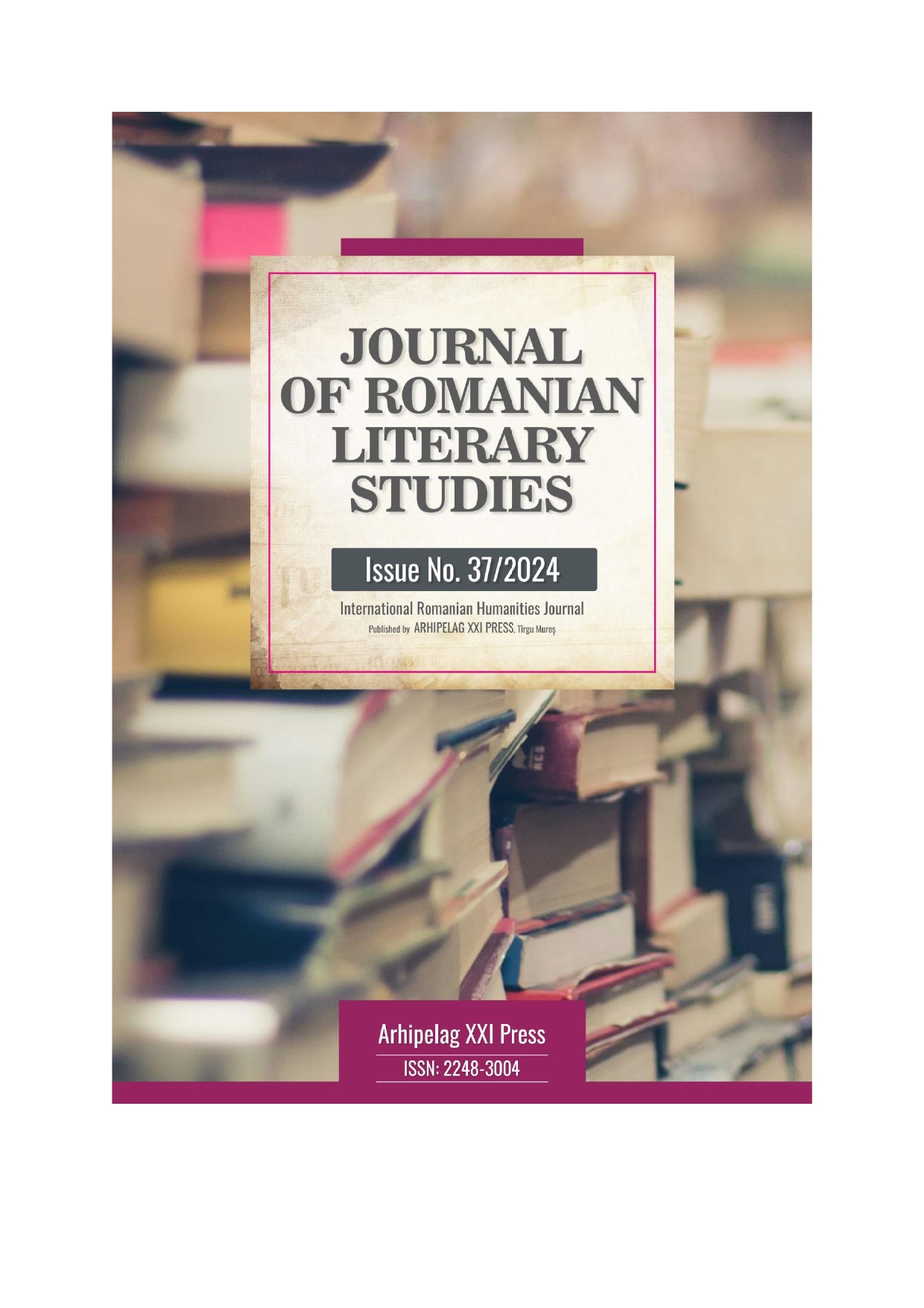“LITTLE AND OFTEN”: USING AN ONLINE MARITIME VISUAL DICTIONARY TO CREATE BITE-SIZED DIGITAL CONTENT
“LITTLE AND OFTEN”: USING AN ONLINE MARITIME VISUAL DICTIONARY TO CREATE BITE-SIZED DIGITAL CONTENT
Author(s): Laura D. CizerSubject(s): Vocational Education, History of Education, Educational Psychology, State/Government and Education, Sociology of Education, Distance learning / e-learning, Pedagogy
Published by: Editura Arhipelag XXI
Keywords: microlearning; digital content; bite-sized information; dictionary; Maritime English; terminology;
Summary/Abstract: Currently, there is no doubt whatsoever that with the advent of the Internet and its ever-changing innovations every aspect of our lives has changed. The digital usage and innovation have skyrocketed and our means of communication have changed, even more so during the pandemic which brought about dramatic changes to adapt to. It is only natural that this new era should come with new educational trends. Since the beginning of the pandemic, there have been a number of major advances in education, such as online education, hybrid learning and the use of apps while the field of education is likely to continue to depend on technology in the foreseeable future as well. However, alongside technology there comes a significant set of challenges and drawbacks. Among these downsizes, the fact that online learning has led to an increase in screen fatigue and a decline in attention span. How to deal with this learning/teaching issue? The methodological answer seems to be in the microlearning. It provides learners with information in smaller amounts in a short period of time. Learning in this manner, more precisely in short doses, is a proven method of increasing our ability to absorb and retain information. By giving students less information, educators are much more likely to capture their attention, pique their curiosity, increase their proficiency, as well as their ability to study. In this context of reference, the teaching/learning of naval vocabulary in English – a must for the students at the Naval Academy of Constanta, Romania – in the form of bite-sized digital content found its way into the English class. In this respect, a previously developed in-house material (an online Maritime English Visual Dictionary) was divided up and used to create separate bite-sized tasks with the specific objective of practicing naval terminology. This paper is the actual account of this endeavor to devise such practical activities and resources to implement and incorporate into the Maritime English class.
Journal: Journal of Romanian Literary Studies
- Issue Year: 2024
- Issue No: 37
- Page Range: 193-198
- Page Count: 6
- Language: English

